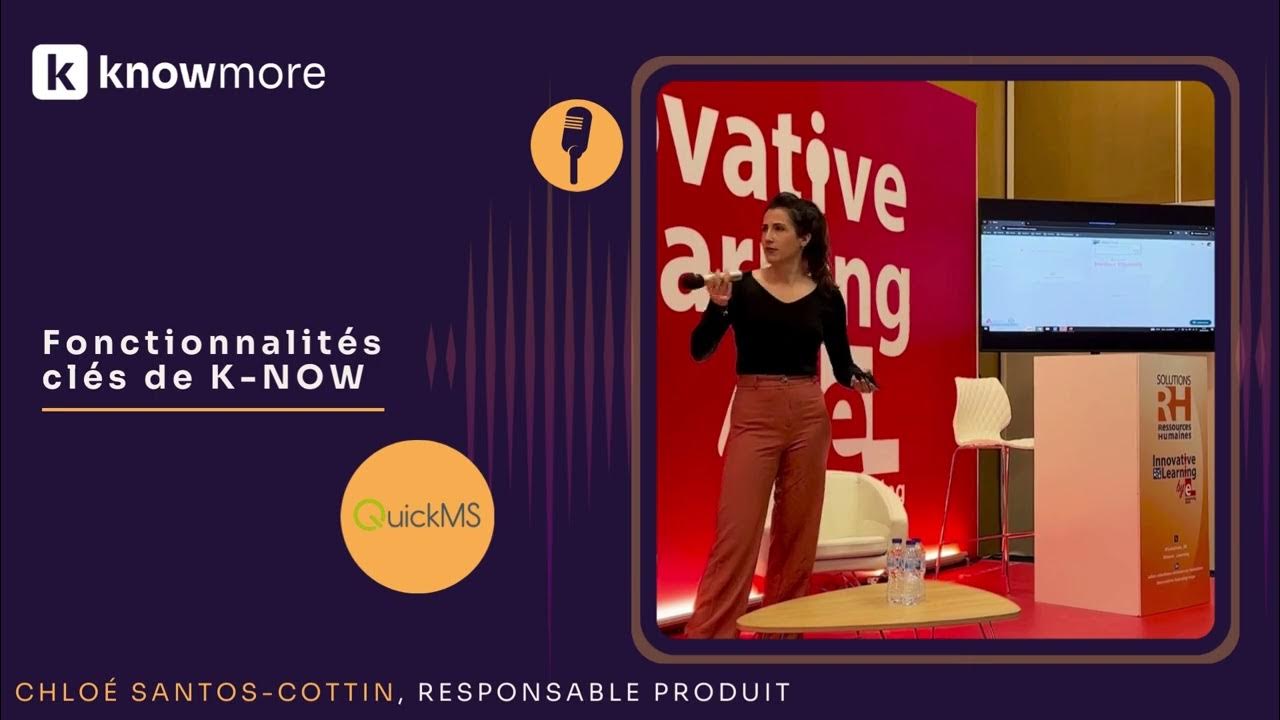MOOD MOVIE - A mood based movie recommendation website
Summary
TLDRMah suana introduces a mood-based movie recommendation system designed to enhance user experience by personalizing content according to current emotions. Built with Python and Flask, it uses machine learning to suggest movies that match the user's mood, offering a more tailored experience than traditional streaming services. The project includes stakeholders like end-users, developers, and machine learning engineers, and focuses on user experience, personalization, and content discovery. The system is scalable and secure, with a user-friendly interface and robust backend technologies.
Takeaways
- 😀 The project is a mood-based movie recommendation system aimed at personalizing movie choices according to the user's emotional state.
- 🎬 It addresses the challenge of choosing what to watch from numerous streaming services by suggesting movies that match the user's current mood.
- 🤖 The system uses machine learning algorithms to analyze user mood inputs and recommend movies accordingly.
- 💻 Built using Python and Flask, the project integrates emotional intelligence with traditional recommendation processes.
- 👨💻 Stakeholders include end users, software developers, machine learning engineers, project managers, and potential collaborators like streaming services.
- 💡 The project's objectives are to enhance user experience, offer personalization, and facilitate content discovery beyond traditional methods.
- 🛠️ Hardware requirements include a capable GPU, a mid-range processor, and sufficient RAM to support the machine learning model training.
- 🌐 The front-end is developed using HTML, CSS, and JavaScript, focusing on user input, mood processing, and movie recommendation functionalities.
- 🔐 Non-functional requirements such as performance, security, scalability, and usability are emphasized to ensure a robust and user-friendly system.
- 📈 The project timeline includes planning, data collection, model development, validation, and deployment phases, with ongoing monitoring and maintenance.
- 📊 Backend technologies include Python for programming, Pandas for data handling, NumPy for mathematical functions, and Scikit-learn for machine learning model accuracy and validation.
Q & A
What is the main objective of the mood-based movie recommendation system?
-The main objective is to enhance the user experience by recommending movies that match the user's current mood, providing a personalized and enjoyable experience compared to traditional methods.
How does the system integrate emotional intelligence into the recommendation process?
-The system uses machine learning to understand the user's mood input and recommend movies accordingly, such as suggesting certain movies for a positive, energetic, or reflective mood.
What are the key features of the mood-based movie recommendation system?
-Key features include personalization based on mood, content discovery to explore new movies, and a user-friendly interface that allows users to input their mood and receive movie suggestions.
Who are the primary stakeholders of the project?
-The primary stakeholders include end users or movie watchers, software developers, machine learning engineers, project managers, and potential collaborators like streaming services.
What are the hardware requirements for the project?
-The hardware requirements include a computer with a capable GPU, a mid-range processor with at least four cores, and sufficient RAM, typically 8 GB.
What front-end technologies were used in the development of the website?
-The front-end technologies used include HTML for layout, CSS for visual presentation, and JavaScript for interactive elements.
Can you describe the function requirements of the website?
-Function requirements include user input for mood, mood processing with filters like mood, language, and genre, and movie recommendation using a trained machine learning model.
What non-functional requirements were considered during the development of the website?
-Non-functional requirements include performance, security, scalability, usability, and maintainability to ensure the system is efficient, safe, can handle growth, is user-friendly, and is well-documented for future maintenance.
What programming language and technologies were used for the backend of the project?
-Python was the main programming language used, with libraries like Pandas for data handling, NumPy for mathematical functions, and Flask for user interaction in the web framework.
How was the project timeline structured?
-The project timeline included planning and preparation, data collection and processing, model development, model validation, and deployment and implementation.
What is the process for a user to get movie recommendations on the website?
-Users can log in, select a mood, and use filters like language and genre to get movie recommendations. They can also search for movies by title.
Outlines

此内容仅限付费用户访问。 请升级后访问。
立即升级Mindmap

此内容仅限付费用户访问。 请升级后访问。
立即升级Keywords

此内容仅限付费用户访问。 请升级后访问。
立即升级Highlights

此内容仅限付费用户访问。 请升级后访问。
立即升级Transcripts

此内容仅限付费用户访问。 请升级后访问。
立即升级浏览更多相关视频

ONLINE CHATBOT BASED TICKETING SYSTEM - SMART INDIA HACKATHON 2024

How Netflix Data Science Powers Global Entertainment | Caitlin Smallwood (Netflix)

Conférence Salon SRH 2024 - Quelles sont les perspectives de l’IA dans la conduite du changement ?

2 3 2 Mircoservices

Movie Recommender System in Python with LLMs

How Neural Networks Work
5.0 / 5 (0 votes)
